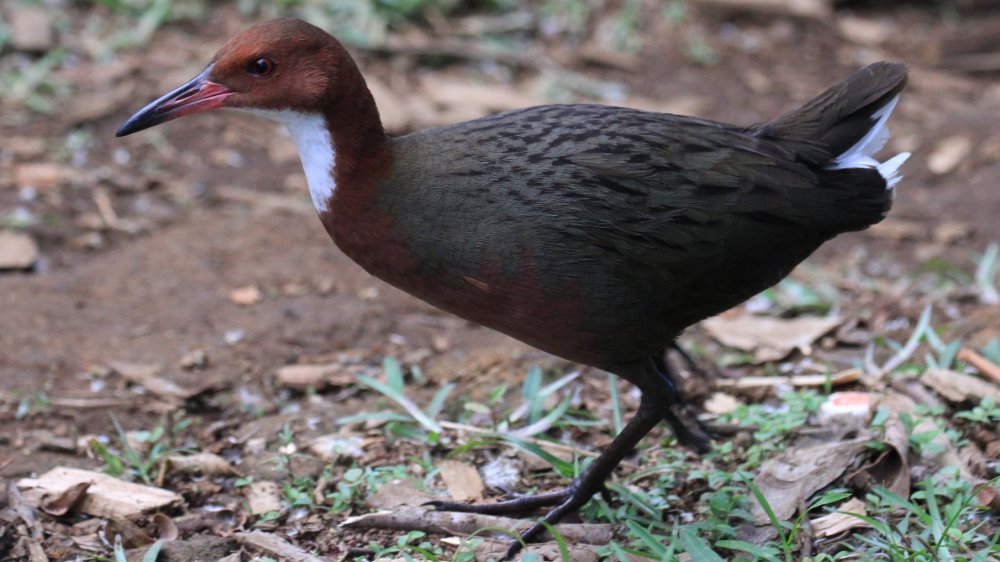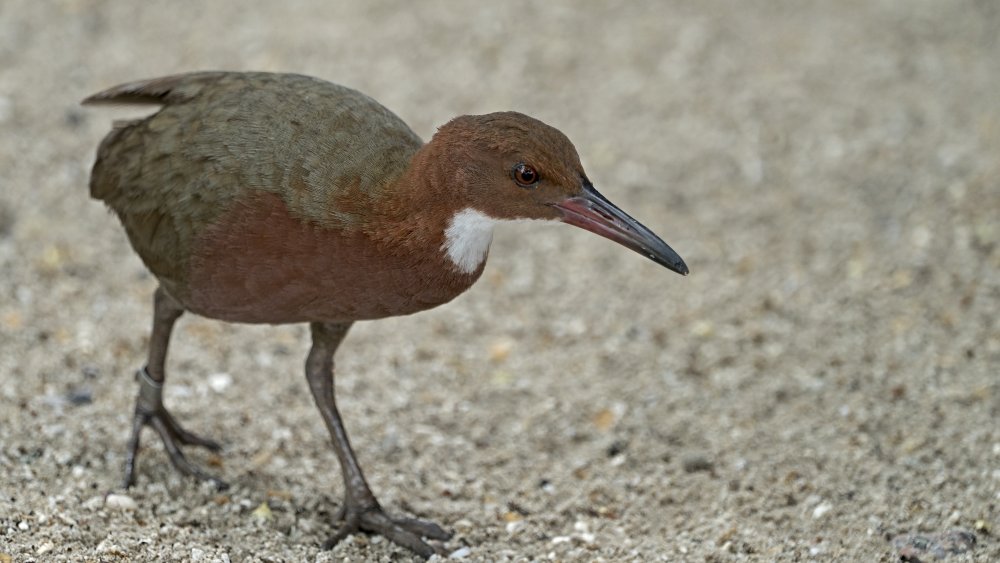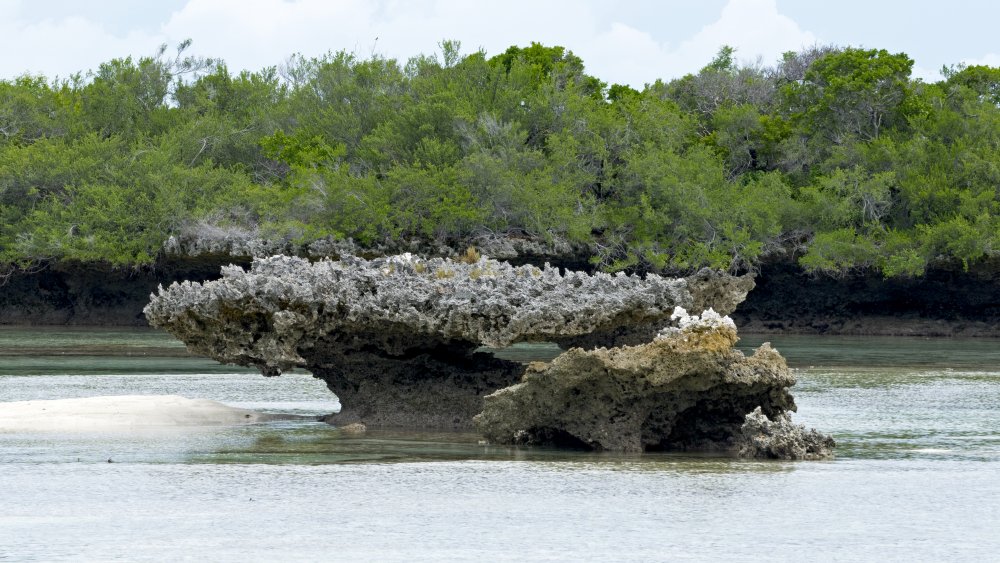The Bird That Kept Evolving Into Existence
The Animal Kingdom's ability to evolve continually amazes. Case in point: the white-throated rail (also known as the Dryolimnas cuvieri). This chicken-sized bird species became flightless twice, according to Live Science. Yes, you heard that correctly ... twice. The bird came back from the dead.
While that might sound peculiar, evolutionary changes happen frequently to animals living on isolated islands, including at least 26 bird species, according to National Center for Biotechnology Information (NCBI). Charles Darwin, the famed naturalist, observed more than an dozen species of finch that evolved from one bird on the Galapagos Islands during his studies there in 1835, leading him to formulate the principle of natural selection, the process species use to adapt to their environment, according to PBS.
When the bird migrated from its native Madagascar in the south-west Indian Ocean to the Aldabra atoll, a reef nestled amid the Seychelle Islands, the bird found paradise, and no predators. In time, the rail became flightless (Dryolimnas cuvieri aldabranus). But nature is harsh, and when the Indian Ocean's waters rose and flooded the atoll, it swept the birds away, making the flightless variety of the species extinct. Some 36,000 years later, sea levels fell and exposed the atoll again, and in a moment of déjà vu, the white-throated rails traveled once again from Madagascar — and became flightless for the second time.
An island paradise for birds
The behavior wasn't unusual — the white-throated rail often migrated as its population increased, sometimes traveling north or south toward the ocean and west to Africa. Those that journeyed east populated islands like Aldabra, Mauritius or Reunion. "Something sets them off, and they fly in all directions," says Dr. Julian Hume, an avian paleontologist, in an article on the Natural History Museum website. "It can happen every 50 years or every hundred years. People still don't really understand it, but if the birds are lucky some of them will land on an island."
Traveling wasn't always kind to the birds, reported Forbes, writing that many of them drowned in the ocean or were eaten by predators. The islands did provide refuge, though, and some, such as Mauritius, hosted other species of flightless birds, like the dodo. "But the incursion of humans and their many companion-pest species, such as rats, cats and goats, marked the end of these distinct birds," said the publication. "Yet the Aldabra rail managed to survive some of this onslaught."
The last of its kind on Aldabra Atoll
The process of having this same rare event occur again is called iterative evolution, according the University of Portsmouth and Natural History Museum in the United Kingdom, whose researchers compared the bones of a fossilized rail from before and after the flood to its contemporary version. They discovered that the older wing and ankle bones showed an advanced state of flightlessness. For example, the ankle bone seemed stronger in the land-bound birds, suggesting the birds were heavier as they stopped flying.
This means that one bird species from Madagascar created two different species of flightless rail. "We know of no other example in rails, or of birds in general, that demonstrates this phenomenon so evidently," said Professor David Martill, from Portsmouth's School of Earth and Environmental Sciences in a University of Portsmouth statement. "Only on Aldabra, which has the oldest paleontological record of any oceanic island within the Indian Ocean region, is fossil evidence available that demonstrates the effects of changing sea levels on extinction and recolonization events."
The flightless rail is still found on the atoll today and is the last species of flightless bird in the Indian Ocean, according to an article in the Zoological Journal of the Linnean Society.


